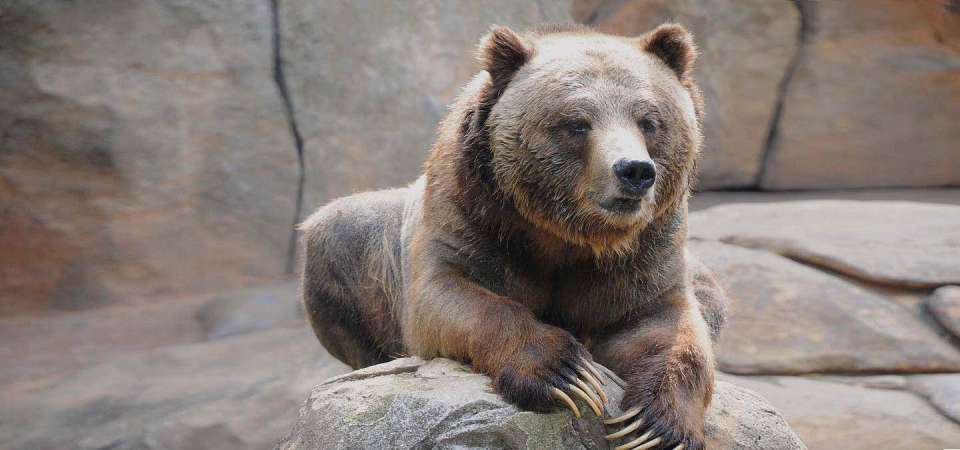

The Zoo anticipates high attendance on sunny weekends. Parking is limited, so arrive early, carpool, and check our site / social pages often for more updates!


Overview:
Students will participate in brainstorming, learning, and designing with the purpose of recognizing the link between animal behavior and choices the zoo has made to nurture this biology. During this event we will be discussing how we design training and habitats to benefit the animals we work with. This event’s post activities are focused around project-based learning and directly relate back to the pre activity as a form of reflection.
Activities offered for classrooms can be used by teachers as they apply to their class. Pre-activities and post-activities are meant to help support and enrich the learning that takes place during the Live Broadcast. All are optional but strongly encouraged in order to align with the standards provided.
Date of Event: October 5, 2022 (video will posted soon)
Designed For: Middle School and High Schools Students (see NC Standard Course of Study alignments below).
Objectives:
Teacher Information (All Grades):
Our Animal Behavior and Biology portion of our Living with Nature series will be broadcast via Zoom on Wednesday, October 5, 2022 at 10 am. It will last approximately 30 minutes.
In order to set the foundation/stage for the Animal Behavior and Biology live/interactive event, students should have a basic understanding of habitats both as a zoo dwelling place and as a scientific term describing an area or type of area.
Determine your goals for your class. Use the objectives listed above to decide what you’ll focus on for the duration of the interaction. There are many opportunities to create a cross-curricular event and experience for students. Consider teaming up with another content-area teacher.
The following activities are offered as suggestions to engage students’ prior knowledge and prepare them for their virtual trip to the North Carolina Zoo to learn about Animal Behavior and Biology.
For questions or further information email schoolprograms@nczoo.org.
NCSCOS Standards
NGSS Standards
NCSCOS Standards
8.L.3.1 Explain how factors such as food, water, shelter, and space affect populations in an ecosystem
8.L.5.2 Explain the relationship among a healthy diet, exercise, and the general health of the body (emphasis on the relationship between respiration and digestion).
NGSS Standards
NCCTE.AN51 - Environmental and Natural Resources I
NCCTE.AN51.04.00 - Discuss the environmental and natural resources industry and its importance to the national, state, and local economy.
NCCTE.AN51.05.00 - Explore the common career paths in environmental and natural resources.
NCSCOS Standards
Bio2.1.2 Analyze the survival and reproductive success of organisms in terms of behavioral, structural, and reproductive adaptations.
Bio 2.1.3 Explain various ways organisms interact with each other (including predation, competition, parasitism, mutualism) and with their environments resulting in stability within ecosystems.
NGSS Standard